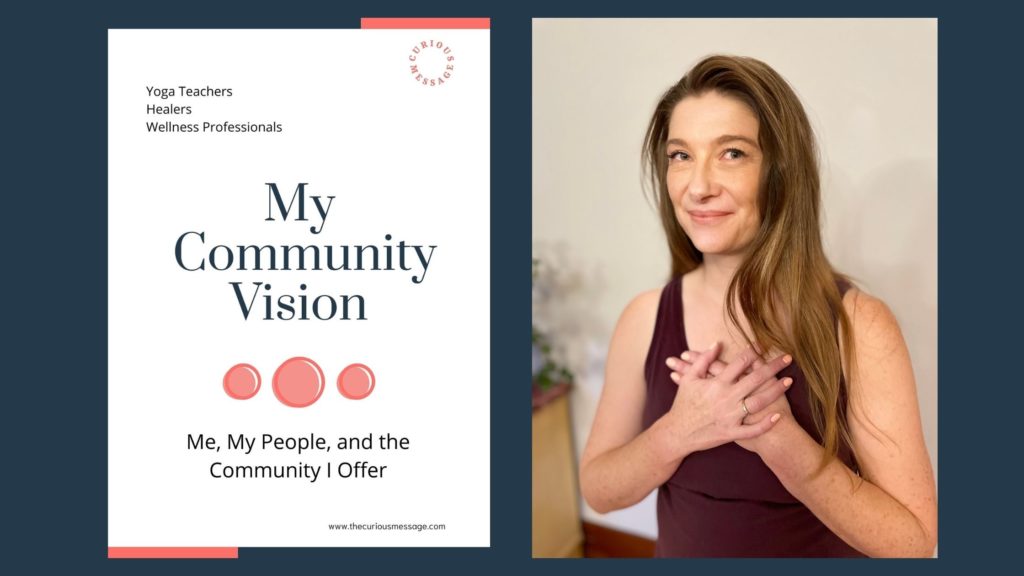The algorithm is a hungry beast, with a bottomless stomach for content. It feeds on consistency, novelty, trends, growth – much like capitalism. Meaning that if you don’t post every day with trending hashtags, the algorithm won’t even show your post to anyone. But if you do meet the quotas, you risk uncentering yourself and falling into the deep, dark hole of social media addiction. Take it from me – there are times when it’s smarter and healthier to break social media rules.

What’s an algorithm?
Just because you publish a social media or blog post, doesn’t mean everyone will see it. Your post only turns up in other people’s feeds when a formula of probability predicts those people will like it. Some posts get seen by thousands of people. But most of your posts are only shown to a handful of people chosen by the formula. So if your post doesn’t do well, it’s not because all your followers dislike it. It’s because only five people saw it and maybe only one of those liked it.
You can improve your post’s chances of being seen, by following rules that please the algorithm. Generally, the algorithm favours accounts that post every day, at the same time, on trending topics. This is easy for large businesses to accomplish because they have a whole team of people creating content 40 hours a week.
But solo entrepreneurs like yoga teachers are at a big disadvantage. In between teaching and planning classes, updating websites, blogs, and newsletters, they also have to come up with original content for various platforms every day.
When I took A Break from Social Media
Last week I experienced content burn out. (i.e. a total crisis of confidence).On top of teaching, managing marketing for Yoga Outreach and other clients, I also have to make posts for this business, The Curious Message. Because if I don’t, what would people think? They’d think I’m a failure. That’s what. And never hire me.
Luckily – and ironically – one task causing my overwhelm was a blog post about how ignoring signals from your body can lead to physical illness. I took a lesson from Melissa Holt, the yoga therapist in the article, and gave up all my promotions for five days. Instead, I napped, walked by the river, meditated and practiced yoga – all the activities I’d neglected for weeks.
These rules are for me and anyone who’s trying to build a yoga or wellness business without losing themselves in the process.
5 Times You Should Break from Social Media Rules:

1. Your mental health is suffering.
If your mood peaks or plummets based on the number of likes or comments you’re receiving, it’s essential that you take a break.
Do NOT read articles by social media experts telling you how to harness the latest trends, how to go faster, how to do it differently.
Your brain is a natural problem-solver. Reading these articles in this fragile state will only rev up the problem-solving function of your brain even further.
You’ll be solving this problem from a place of fear. And it will only get worse. Stop.

2. You Skip Your Personal Practice
If content creation takes up so much time that you can’t fit in your usual meditation, yoga, or journaling time, it’s time to take a break from social media.
At first, it’s only one day. Then it’s just weekdays. And then you can’t remember the last time you practiced outside of a class you were teaching.
Remember that yoga, meditation and artistic expression are what made you feel human again. Consistent yoga healed you. Consistent meditation grounded you in that solid place from which you could reach out to others.
If you’re not practicing what you teach or share with others, you’ll soon be pouring from an empty cup. Your clients or students will stop resonating with your teachings.

3. Your Community is Local
When your pool of potential students is anchored by geographic location, you’re not as dependent on the algorithm or SEO for reach. Why? “Yoga Class” is posted gazillions of times an hour, so you need the algorithm on your side to help. But “Mount Pleasant Yoga Class” might only be competing with one other class. Probably, there are fewer than 10 “Mount Pleasant Neighbourhood” posts all day and they get shown to every person in the group every time.
If location is in your corner, you can spend less time on social media and use your marketing brainpower for something else.
Social Media Tips For Local Yoga Teachers
Join Facebook groups for neighbourhoods where you teach or share your practice. Share something twice a week – once to promote your class, and once to share a resource with your neighbours.
On Instagram use the city or neigbhourhood in your hashtag and reach people who aren’t already in your wellness or yoga community.
Post flyers in grocery stores and libraries. Talk to your neighbours. Talk to parents at school pick up.

4. Your Topic is Very Original
SEO and algorithms don’t value originality. Their formulas look for trends. So if you have an original program to offer, it’s not going to show up in search terms. And it’s not going to have a trending hashtag.
For example, I was recently editing a blog post for a client about a therapeutic yoga program for sex workers. When I turned to Keywords Everywhere to see how I should title and structure the article for SEO, literally nothing turned up.
The box which usually offered 10 or so common search words was completely empty. The suggested articles were all articles about how yoga can improve your sex life – a totally different topic.
This means the idea is so rare that people aren’t already searching for it.
In this case, I could still write the blog article, but I was totally free to come up with an interesting title and structure it only for readers, such as current newsletter subscribers and organizations that we emailed the link to directly.
So if you feel like writing something completely original, just give yourself a break from SEO and algorithms. Pour your heart out. Be yourself. Use big words. Have fun.

5. You Focus on Quality Instead of Quantity.
To win the algorithm, you have to be like fast food. Consistently pretty good every time. But nothing anybody is going to remember, or save, or talk about with their friends.
After three years posting for Yoga Outreach, I can get about 50 likes a post when I create batches of content. That means I create four or five posts about the same topic in one sitting, and spread those over all the Tuesday in a month. Then I do the same for Wednesdays, and so on.
That’s an example of pleasing the Algorithm with quantity.
Good Writing Takes Time
The posts I’m really proud of – the ones that earn 26 shares, 15 comments, 400 likes – those take me two hours.
I contemplate a theme for our audience of yoga teachers for a long time. Usually this involves thinking about actual events in my week or that I’ve had conversations about, and imagining how I could reach out to a single person struggling with the same problem.
I might fuss with the words on the graphic and fiddle with the illustration for an hour. Then I bring the graphic over to Later where I spend a while writing out every spontaneous thought that comes to mind. I take a break from the computer. When I come back, I usually cut the first paragraph and half of the rest of the words, chiseling and chipping at the sentences until the message sounds more like a poem than a teacher’s manual.
You can get away with cheating on consistency once you’ve built up a few hundred followers. Then when the algorithm stingily shows your post to only five people, and all five write comments, it gets shown to five more and five more. The trick is getting a high number of likes in the first 30 minutes, which usually happens with a post you’ve spent a long time on.

Remedy for Yoga Teachers Who Hate Social Media
When you’re overwhelmed by all the marketing you don’t have time for, and feeling discouraged by posts that never work, take a three-day fast from all content creation at minimum.
Go back to your daily meditation, and asana. Count your naps as working time. Take a walk near running water.
The Niyamas of Social Media
When you return to your marketing work, remember the Niyamas, especially Tapas (discipline), Svadhyaya (self-study) and Isvara Pranidhana (Surrender to a higher being)
Do your best.
Recognize when you’ve done your best with the resources available (including time and mental energy).
Then surrender the results to the universe.
Focus on how you show up. Not how well you follow an algorithm outside your control.

Marketing without Social Media
It’s fine to let go of social media entirely if that’s what’s best for your business. Your business depends on you – the sole entrepreneur – having a healthy soul. So if social media is bad for your soul, then it’s bad for your business.
That doesn’t mean you can give up marketing all together. People need to know who and where you are. But there are other ways of delivering your message that don’t rely on complicated formulas outside your control.
You’re much more likely to find the way that works best for your offering by engaging in activities that make your heart soar. It’s better to find that one thing you do very very well, than everything and lose your soul.



Trackbacks/Pingbacks